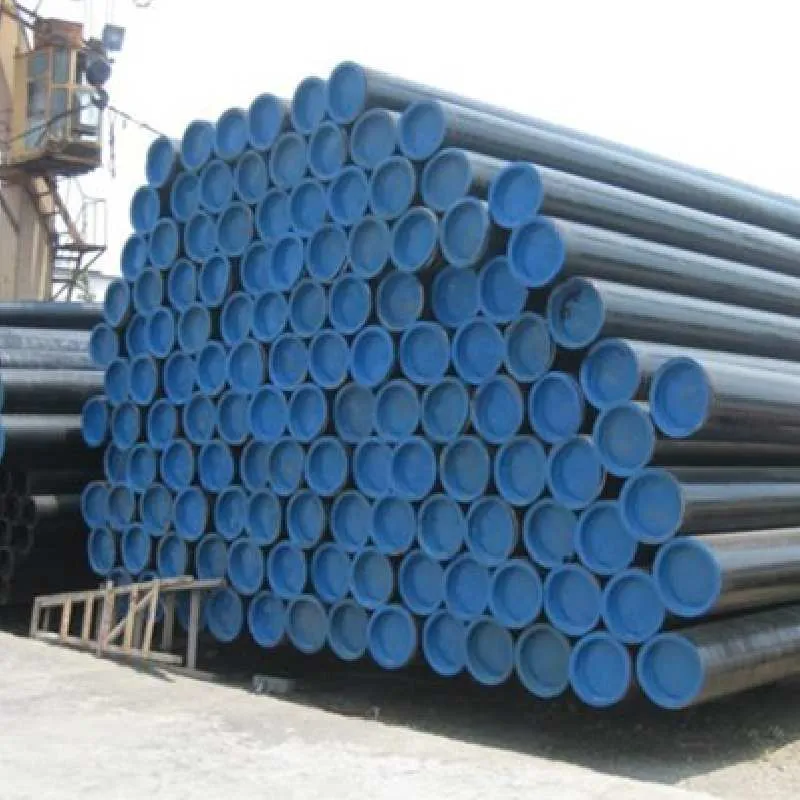-
Cangzhou Yulong Steel Co., Ltd.
-
Phone:
+86 13303177267 -
Email:
admin@ylsteelfittings.com
- English
- Arabic
- Italian
- Spanish
- Portuguese
- German
- kazakh
- Persian
- Greek
- French
- Russian
- Polish
- Thai
- Indonesian
- Vietnamese
- Zulu
- Korean
- Uzbek
- Hindi
- Serbian
- Malay
- Ukrainian
- Gujarati
- Haitian Creole
- hausa
- hawaiian
- Hebrew
- Miao
- Hungarian
- Icelandic
- igbo
- irish
- Japanese
- Javanese
- Kannada
- Khmer
- Rwandese
- Afrikaans
- Albanian
- Amharic
- Armenian
- Azerbaijani
- Basque
- Belarusian
- Bengali
- Bosnian
- Bulgarian
- Catalan
- Cebuano
- China
- China (Taiwan)
- Corsican
- Croatian
- Czech
- Danish
- Esperanto
- Estonian
- Finnish
- Frisian
- Galician
- Georgian
- Kurdish
- Kyrgyz
- Lao
- Latin
- Latvian
- Lithuanian
- Luxembourgish
- Macedonian
- Malgashi
- Malayalam
- Maltese
- Maori
- Marathi
- Mongolian
- Myanmar
- Nepali
- Norwegian
- Norwegian
- Occitan
- Pashto
- Dutch
- Punjabi
- Romanian
- Samoan
- Scottish Gaelic
- Sesotho
- Shona
- Sindhi
- Sinhala
- Slovak
- Slovenian
- Somali
- Sundanese
- Swahili
- Swedish
- Tagalog
- Tajik
- Tamil
- Tatar
- Telugu
- Turkish
- Turkmen
- Urdu
- Uighur
- Welsh
- Bantu
- Yiddish
- Yoruba

Nov . 22, 2024 05:23 Back to list
pipe to plate weld
Pipe to Plate Weld Understanding the Process and Its Importance
Welding is an integral process in the fabrication and assembly of various structures across many industries, particularly in construction, manufacturing, and energy. Among the numerous welding techniques, pipe-to-plate welds stand out for their specific applications and importance. This article will delve into the process of pipe-to-plate welding, its significance, and the techniques involved.
What is Pipe to Plate Weld?
A pipe-to-plate weld refers to the joint formed when a pipe is welded to a flat plate. This type of welding is prevalent in industries such as oil and gas, water treatment, and chemical processing, where pipelines often connect with structural components or vessels. The integrity and strength of the weld are crucial as they must withstand the pressures and forces exerted by the fluids contained within the pipes as well as external environmental factors.
Importance of Pipe to Plate Welding
The importance of pipe-to-plate welding cannot be overstated. Given its applications in critical infrastructures, such as pipelines carrying oil or gas, ensuring a robust and leak-proof joint is imperative. Poorly executed welds can lead to catastrophic failures, resulting in environmental hazards, property damage, and even loss of life. Therefore, weld quality is paramount, necessitating skilled workmanship and adherence to strict welding standards.
Additionally, the efficiency of a welding process impacts project timelines and costs. Properly executed pipe-to-plate welds can facilitate quicker installations and fewer repairs, making it essential for contractors to invest in high-quality welding practices.
Techniques and Methods
Pipe-to-plate welding can employ various techniques depending on the specific requirements of the job. Among the most common methods are
pipe to plate weld

1. Shielded Metal Arc Welding (SMAW) Also known as stick welding, SMAW is a manual process where an electrode generates an arc to melt the base metal and filler material simultaneously. This method is portable and suitable for various positions, making it a popular choice for fieldwork.
2. Gas Tungsten Arc Welding (GTAW) Commonly called TIG (Tungsten Inert Gas) welding, this technique uses a non-consumable tungsten electrode to produce the weld. GTAW is known for its high-quality, precise welds typically used in applications where aesthetics and cleanliness are paramount.
3. Gas Metal Arc Welding (GMAW) Frequently referred to as MIG (Metal Inert Gas) welding, GMAW employs a continuous wire feed as an electrode. This method is efficient for high production rates and is often used in industrial settings.
4. Submerged Arc Welding (SAW) This process involves the use of a continuously fed electrode and a blanket of granular fusible material. It is typically utilized in heavy industrial applications due to its ability to produce deep penetration welds with minimal spatter.
Pre- and Post-Weld Considerations
Before initiating a pipe-to-plate weld, thorough preparation is essential. This includes cleaning the surfaces to be joined, ensuring they are free of contaminants such as oil, dirt, and rust. Proper fit-up is critical; the pipe and plate must align correctly to achieve an optimal weld.
Post-weld inspections are equally vital. Non-destructive testing methods, such as ultrasonic or radiographic testing, can identify potential defects or weaknesses in the weld. These practices ensure that the weld meets the required specifications and standards before the structure is put into service.
Conclusion
Pipe-to-plate welding is a fundamental process in many industrial sectors, where reliability and safety are non-negotiable. Understanding the methods involved, the importance of quality, and the rigorous standards upheld in the welding community is essential for anyone involved in fabrication and construction. By adhering to best practices and utilizing appropriate welding techniques, professionals can ensure the integrity and longevity of the welds they produce, ultimately contributing to safer and more efficient operations across various industries.
Latest news
-
ANSI 150P SS304 SO FLANGE
NewsFeb.14,2025
-
ASTM A333GR6 STEEL PIPE
NewsJan.20,2025
-
ANSI B16.5 WELDING NECK FLANGE
NewsJan.15,2026
-
ANSI B16.5 SLIP-ON FLANGE
NewsApr.19,2024
-
SABS 1123 FLANGE
NewsJan.15,2025
-
DIN86044 PLATE FLANGE
NewsApr.19,2024
-
DIN2527 BLIND FLANGE
NewsApr.12,2024
-
JIS B2311 Butt-Welding Fittings LR/SR 45°/90° /180°Seamless/Weld
NewsApr.23,2024











